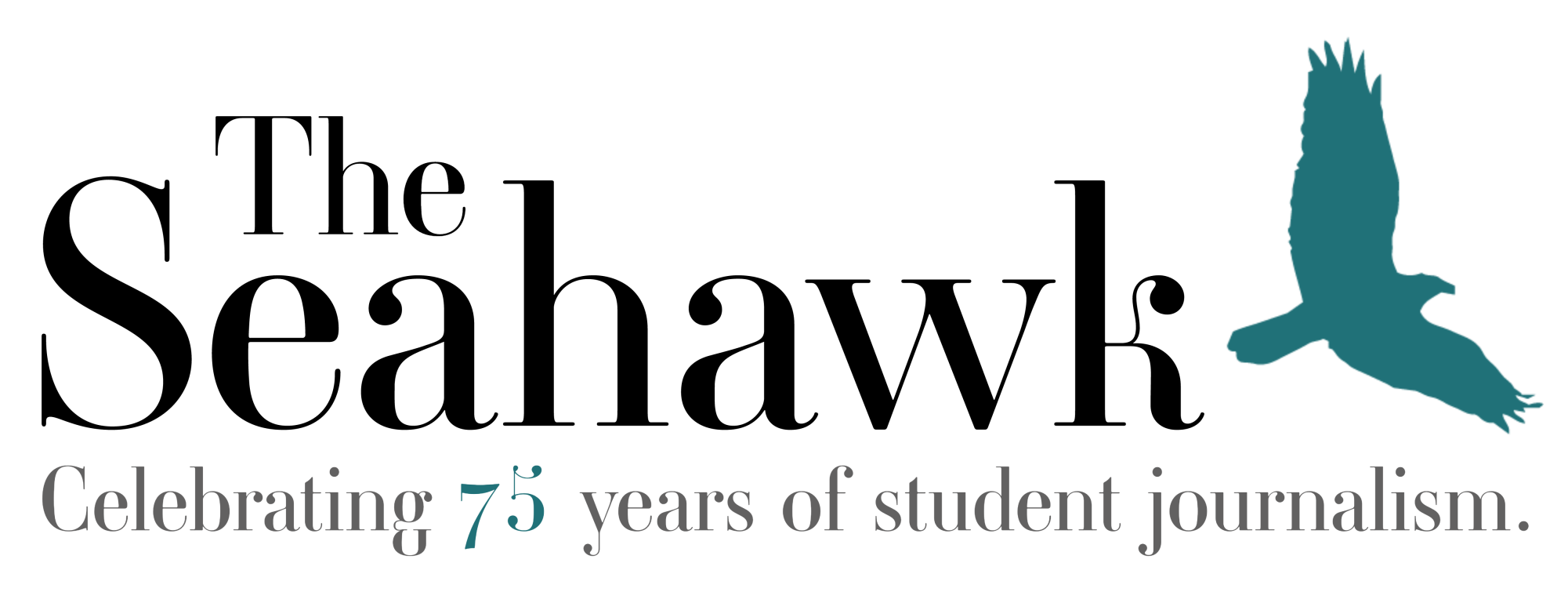Commentary — As the conferences turn
Trouble is brewing.
Go to any Division I athletic department across the country and the same word is on everyone’s lips.
“Realignment.”
Athletic conferences have been in an eye-gouging fight for new members. Decades-old alliances have crumbled into dust. Lawsuits have been flying. It’s about to get even uglier.
And with Boston College joining the ACC last week, a war between the smaller Division I-A football conferences is brewing. Already the Big East and its members sued Boston College. Conference USA, in anticipation of an expected grab by the Big East for its higher profile schools, quickly signed on Rice, Southern Methodist and Tulsa (creating a conference that ranges from ECU to Dallas, Milwaukee to New Orleans).
Watch out. The war and lunacy probably will spill over into the basketball-centered conferences (the Atlantic 10 is already eyeing Conference USA schools Saint Louis and Charlotte).
And just maybe, the CAA.
“I think everybody’s trying to strategically place their conference and their institution in a place when things really start to fall apart, that we’re in the most opportune position to take advantage,” UNCW athletic director Peg Bradley-Doppes said, who has been on conference expansion committees with the Big 10 and CAA. “And part of that is by educating our A.D.’s, our chancellors, our president, what makes the best fit.”
What makes “the best fit” for UNCW’s position in the CAA are a few things: A nearby school to act as a travel partner, a solid academic reputation, and, for the rest of the league, a football school so the conference can create a Division I-AA pigskin league.
Bradley-Doppes said the league is ready. Massive dossiers on schools sit in the league’s Richmond, Va. office.
“In the CAA, the athletic directors, chancellors and presidents it’s really been on their radar screen for the past five years. We have looked at it, we’ve strategized and now we are fully anticipating several different scenarios,” Bradley-Doppes said. “It’s a very focused digestion of data.”
Naturally, Bradley-Doppes wouldn’t give any details on the plans. But the members of the league know the high stakes involved. The CAA went through a roller coaster ride the last time the league dropped and added teams.Former conference members East Carolina and American University announced in advance that they would leave.
The University of Richmond, at the time the CAA’s best-known basketball school, toyed with joining the Atlantic 10, then announced it wouldn’t, but carried on secret negotiations with the A-10.
Then it surprised the CAA with an announcement to jump to the higher-profile league.
But the league recovered nicely, adding four schools (Towson, Drexel, Delaware and Hofstra) and adding three major media markets (Baltimore, Philadelphia and New York).
The scars remain.
But hopes are high.
Matthew Gottlieb can be reached at [email protected]

